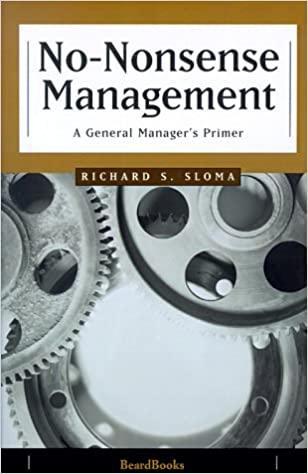1) The $13.7 billion acquisition of Whole Food by Amazon in 2017 did include debt. These kinds of deals usually includes debt. In our case, the deal was an all-cash transaction. Amazon financed the acquisition with net proceeds from the previously disclosed debt financing. It included Whole Food Market net debt. Amazon is a cash rich company, it has bought Whole Food based on its enterprise value (debt+equity) for the corresponding amount. It is therefore not surprising that this transaction included net debt. 2) In MEA deals, synergy creates value. Synergy are ways making the companies together more valuable than separately. Amazon acquired Whole Food because it saw potential in the $674 billion US grocery market. We know it was the right decision as investors celebrated this move. Amazon' shares rose by more than 2% following the final outcome. Meanwhile, main retail competitors shares plummeted. Amazon's massive regional distribution centers could cut Whole Food cost. Indeed, the grocery retailer sources many of its perishable and speciality products from a much smaller network of suppliers. Combining both weaknesses and strength of those companies can reach an ambitious operating synergy. There is also hope for growth in membership revenues as almost 2/3 of Whole Food customers have Amazon Prime. This is an example of the financial synergy that such deal can entail. 3) Both companies are fundamentally different. While these 2 businesses happen to have as main customers urban and young population, the strategy is different. Amazon is constantly looking to cut cost, to satisfy its large demand of cheap products. Whole Food on the other hand sells its fresh food at a higher profit margin than most of its competitors. Regarding operating margins Whole Food has a 5.5% profit margin against 3% for Amazon's retail business. Another crucial hurdle is the 2 companies' corporate culture. Whole Food has always been lauded for its corporate culture appreciating employees' loyalty. Amazon on the opposite, searching to cut cost is known for being competitive, having a high turnover, and highly demanding in terms of productivity. Looking at Amazon size compared to Whole Food, it is more likely that Amazon corporate culture takes over Whole Food's one, which could dramatically demoralize employees







